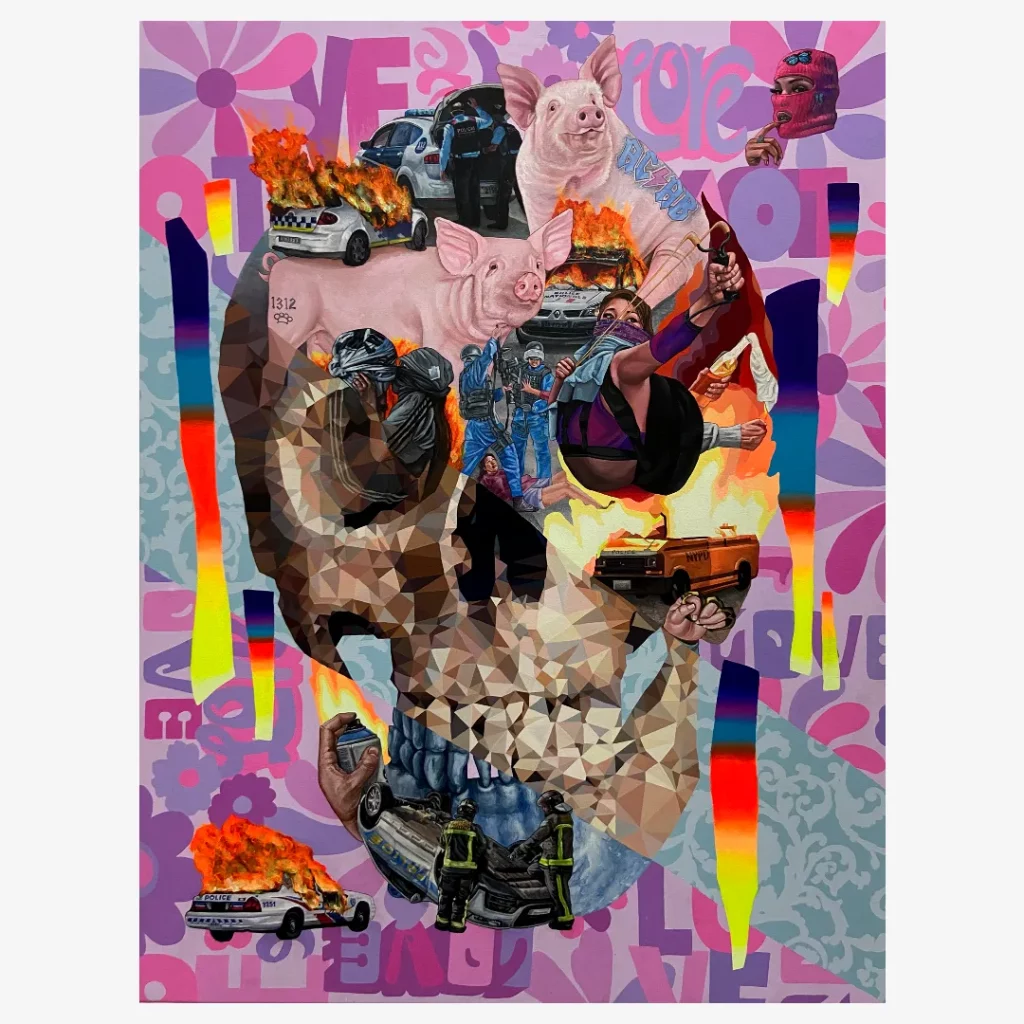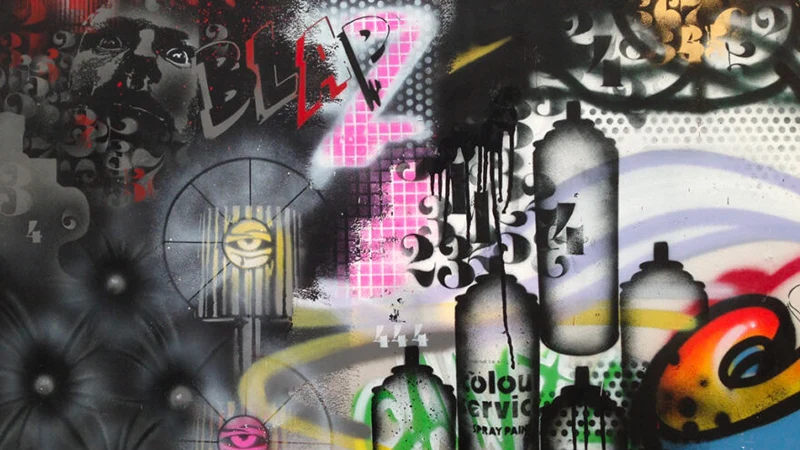Urban art, often synonymous with street art, graffiti, and muralism, has long been a medium through which artists challenge conventions and break boundaries. While it may have once been seen as vandalism, urban art has now taken its rightful place in the world of contemporary art, pushing the limits of creativity, expression, and social commentary. So today, let’s explore the profound impact of urban art in challenging conventions and breaking boundaries in the art world and beyond.

The Birth of Urban Art
Urban art, as we know it today, found its roots in the streets and subways of cities around the world during the 20th century. Emerging from the counterculture movements and social unrest of the time, artists sought unconventional canvases to express their ideas and critique the status quo. Graffiti tags, stencils, and murals became their chosen forms of rebellion and self-expression.
Challenging Conventions
Defying Artistic Norms: Urban artists challenge traditional artistic norms by using unconventional materials, locations, and techniques. Spray cans, abandoned buildings, and city walls serve as their canvas, breaking away from the confines of traditional art studios.
Elevating Everyday Life: Urban art often draws inspiration from the daily lives of city dwellers, transforming mundane urban landscapes into vibrant, thought-provoking works of art. This challenges the idea that art must be removed from the everyday.

Crossing Cultural Boundaries: Street art is a global phenomenon that transcends cultural barriers. It speaks a universal language that resonates with people from diverse backgrounds. Not to mention that challenges the idea that art is exclusive or elitist.
Breaking Boundaries
Political and Social Commentary: Urban artists frequently use their work to address pressing social and political issues. Murals and graffiti can serve as powerful tools for sparking conversations and inspiring change.
Democratizing Art: By taking art out of galleries and into the streets, urban artists make art more accessible to everyone. They break down the boundaries that separate art from the public and encourage engagement from a broader audience.

Blurring the Lines: The boundary between vandalism and art is often blurred in urban art. This ambiguity challenges society’s preconceived notions of what constitutes art and what deserves recognition.
The Impact of Urban Art
Inspiring Change: This type of art has the power to inspire change, both in terms of societal attitudes and urban revitalization. Murals and street art festivals can breathe new life into neglected neighborhoods, fostering a sense of community.
Artistic Innovation: Urban art has influenced contemporary art in significant ways. From the use of spray paint in fine art to the incorporation of street art aesthetics into mainstream design.

Global Movement: The global reach of street art has transformed it into a movement that transcends borders. Artists from different countries collaborate, exchange ideas, and create a global dialogue through their work.
Conclusion
Urban art has come a long way from its humble beginnings as an act of rebellion. It has grown into a legitimate and influential form of artistic expression that challenges conventions, break boundaries, and inspires change.
By defying artistic norms, addressing critical issues, and democratizing art, this movement continues to play a pivotal role in shaping the art world and society as a whole. As we embrace urban art, we recognize the importance of unconventional voices and the transformative power of creativity in our urban landscapes.
Cover image: The Art of Nick Walker

Leave a Reply